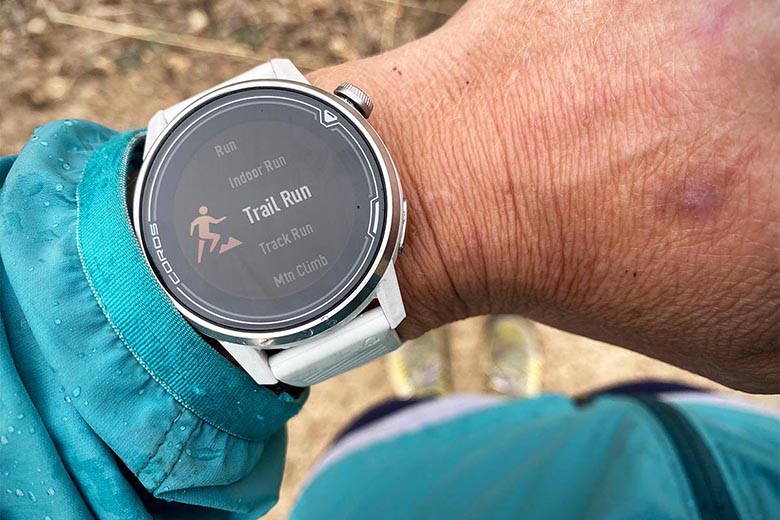Youth Sports Training Tips to Build Future Champions

The journey from playgrounds to podiums begins with dedication, structure, and unwavering guidance. Youth sports training provides the foundation upon which athletic potential transforms into excellence. It encompasses not just drills and exercises but also discipline, nutrition, psychological resilience, and mentorship. When young athletes engage in structured programs, they gain not only physical prowess but also values that shape their character. To explore further insights, consider athlete development programs that emphasize holistic growth alongside technical skill.
Establishing the Right Foundation
Every aspiring athlete must first establish a strong groundwork. This involves nurturing fundamental movement patterns—running, jumping, balancing, and coordination. By mastering these basics, young players create a versatile platform for future specialization. Early development prioritizes agility and motor skills over rigid competition, ensuring children remain engaged and motivated. A well-structured foundation also minimizes injury risks. Coaches and parents who focus on gradual progress ensure the athlete’s body adapts naturally to increased demands, rather than being pushed beyond capacity.
The Role of Discipline and Routine
Athletic greatness stems from consistency. Daily routines instill discipline, teaching young competitors to prioritize training, rest, and recovery. A structured schedule with set practice times not only enhances performance but also fosters time management. Discipline extends beyond training sessions. It shapes eating habits, sleep patterns, and mental preparation. Athletes who embrace routine learn that persistence, not mere talent, determines outcomes.
Age-Appropriate Training Principles
Children are not miniature adults; their bodies and minds require specialized approaches. Training must match developmental stages. Overloading young bodies with adult-style regimens risks burnout and long-term damage. Instead, youth programs should emphasize progressive growth. At early ages, activities like swimming, gymnastics, and multi-sport participation enhance coordination and adaptability. As athletes mature, sport-specific drills refine technique while strength and conditioning programs enhance durability.
Nutrition as the Athlete’s Fuel
Nutrition plays a pivotal role in athletic performance. A balanced diet rich in lean proteins, whole grains, fruits, vegetables, and healthy fats ensures that developing muscles and minds receive proper nourishment. Hydration, often underestimated, sustains energy and prevents fatigue. Avoiding excessive processed foods and sugary beverages safeguards long-term health. Educating young athletes about nutrition equips them with lifelong habits that support both performance and well-being.
Strength and Conditioning for Durability
Strength training, when introduced correctly, fortifies the body against strain and injury. Lightweight resistance, bodyweight exercises, and core stabilization create durable musculature. Conditioning enhances endurance, ensuring athletes sustain performance throughout intense competition. Correct form and gradual progress are paramount. Under professional guidance, strength programs transform fragility into resilience. By adolescence, athletes benefit from structured gym sessions that complement skill training.
Psychological Resilience and Mental Toughness
Athletic competition often tests the mind as much as the body. Mental resilience—the ability to stay composed under pressure—distinguishes champions. Visualization, mindfulness, and positive self-talk enhance focus and reduce anxiety. Teaching children how to embrace setbacks cultivates persistence. Failure becomes a teacher, not an endpoint. By fostering a growth mindset, young athletes learn to value progress over perfection.
Injury Prevention and Recovery Practices
Injury prevention safeguards an athlete’s longevity. Warm-ups, cool-downs, stretching, and mobility drills reduce strain on joints and muscles. Coaches must monitor signs of fatigue, ensuring rest periods are respected. Recovery practices—ice baths, massage, adequate sleep, and proper hydration—restore energy reserves. Overlooking recovery undermines performance and increases injury susceptibility.
The Role of Coaching and Mentorship
A great coach is more than an instructor; they are a mentor, motivator, and role model. Their ability to balance discipline with encouragement determines whether children remain passionate or grow disillusioned. Effective coaches adapt training to individual needs. They celebrate progress while instilling accountability. By building trust, they inspire young athletes to push boundaries safely.
Multi-Sport Participation Versus Early Specialization
Parents often face the dilemma of encouraging single-sport focus versus multi-sport engagement. Early specialization may accelerate skill acquisition but risks burnout and overuse injuries. In contrast, multi-sport participation broadens skill sets, enhances adaptability, and prevents monotony. Many elite athletes credit their success to diverse athletic backgrounds. Exposure to multiple disciplines refines coordination, balance, and problem-solving skills. Eventually, natural inclination guides the athlete toward specialization.
Balancing Academics and Athletics
Education and sports need not compete. A well-balanced schedule accommodates both pursuits, reinforcing time management skills. Young athletes who prioritize academics gain cognitive resilience, which enhances decision-making during competition. Parents and coaches must collaborate to create realistic expectations. Athletic dreams thrive best when supported by academic stability.
Building Teamwork and Communication Skills
Sports foster camaraderie. Team-based activities cultivate collaboration, empathy, and communication. Athletes learn to value collective effort over individual glory. These interpersonal skills extend beyond the field, preparing children for life’s broader challenges. Leadership opportunities within teams empower children to take responsibility. By balancing individual ambition with group loyalty, athletes embody the spirit of true champions.
The Power of Rest and Sleep
Sleep replenishes energy, repairs tissues, and consolidates memory. Without sufficient rest, athletic performance deteriorates rapidly. Young athletes require more sleep than adults, often between 9 and 11 hours nightly. Structured rest days are equally critical. They allow muscles to recover, reducing the risk of overtraining. Rest is not a weakness—it is the silent architect of progress.
Parental Involvement and Support
Parents influence young athletes profoundly. Encouragement, balanced expectations, and constructive feedback empower children to thrive. However, excessive pressure or unrealistic goals can hinder progress. Parental support also involves ensuring children have proper equipment, nutritious meals, and adequate transportation to practices. The family unit becomes the backbone of athletic development.
Harnessing Technology for Athletic Progress
Modern technology amplifies training effectiveness. Wearable devices track heart rates, sleep quality, and calorie expenditure. Video analysis refines technique, allowing athletes to visualize improvements. Mobile applications provide structured workout plans, nutrition tracking, and recovery guidance. Technology, when used judiciously, complements human coaching.
Importance of Hydration and Electrolyte Balance
Water sustains performance, but in high-intensity sports, electrolytes also demand attention. Sodium, potassium, magnesium, and calcium regulate muscle contractions and hydration levels. Neglecting electrolyte balance can lead to cramps, dizziness, or even collapse. Educating young athletes on hydration strategies prepares them for rigorous competitions in varying climates. Proper balance ensures both safety and endurance.
Cultural Values and Sportsmanship
Sports cultivate values beyond competition. Respect for opponents, integrity in play, and humility in victory define true champions. Cultural traditions also shape athletic identity, embedding pride and responsibility within the athlete’s journey. Sportsmanship teaches that winning is temporary, but character endures. Athletes who embody fairness and respect command admiration long after competitions end.
Building Leadership Through Sports
Leadership is cultivated through responsibility. Captains, mentors, and role models within teams inspire peers to push boundaries. By guiding others, young athletes strengthen their own confidence and accountability. Leadership extends beyond sports arenas. It equips children to face life’s challenges with resilience and wisdom.
Community and Grassroots Support
Local communities form the cradle of athletic dreams. Accessible facilities, community leagues, and grassroots programs provide young athletes with platforms to grow. The stronger the community infrastructure, the more opportunities children have to explore their talents. Communities that invest in youth sports build healthier, more resilient generations. For further exploration, see youth athletic foundations that foster inclusion and accessibility.
Long-Term Athletic Development Models
Athletes flourish when guided by long-term strategies. Development models outline stages from early childhood engagement to elite performance. These frameworks prevent premature burnout while ensuring steady progress. By emphasizing patience and persistence, such models shape well-rounded individuals who excel not just in sport but in life.
The Global Landscape of Youth Training
Different cultures approach youth athletics uniquely. Some prioritize rigorous regimens from an early age, while others encourage play and versatility. Global comparisons reveal valuable insights, highlighting the need to adapt methods according to cultural and developmental contexts. International collaboration fosters shared progress, ensuring that best practices reach athletes across borders.
Financial Considerations and Accessibility
Sports often require significant financial investment—equipment, coaching, facilities, and travel. Families with limited resources may face barriers to participation. Scholarships, sponsorships, and community support programs help bridge these gaps. Equitable access ensures that talent is not wasted due to financial constraints. True champions arise when opportunities are available to all.
Shaping the Champions of Tomorrow
The future of athletics depends on nurturing today’s youth with care, science, and vision. By aligning training with education, resilience, and values, society crafts individuals capable of excellence both on and off the field. For broader guidance on fostering success, explore future champion programs that integrate athletic, academic, and personal growth strategies into a unified path.





